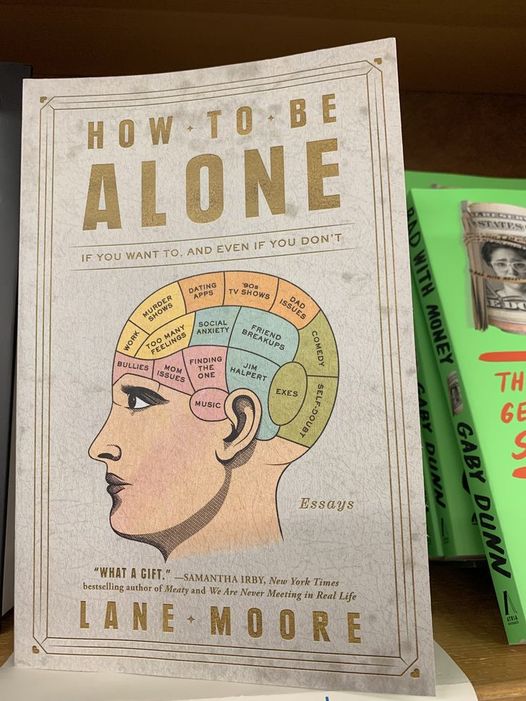"How to Be Alone: If You Want to, and Even If You Don't" by Lane Moore is a poignant and deeply moving exploration of the author's personal journey, offering intimate insights into the experience of growing up parentless and the challenges of finding connection and belonging. Moore's candid and tender storytelling provides a raw and honest portrayal of her experiences, shedding light on the profound impact of her upbringing and the resilience she has cultivated in the face of adversity.
The book delves into the complexities of loneliness and the struggle to find solace and meaning in solitude. Moore's narrative is a compelling blend of vulnerability and strength, offering a unique perspective on the human experience and the quest for self-discovery and acceptance. Through her evocative prose, Moore invites readers to navigate the depths of their own emotions and confront the universal longing for connection and understanding.
Furthermore, "How to Be Alone" addresses the nuanced distinction between being alone and feeling lonely, emphasizing the importance of self-care, introspection, and personal growth. Moore's reflections on her own journey serve as a source of inspiration and empowerment, encouraging readers to embrace their individuality and find fulfillment within themselves.
The book has received acclaim for its honesty and authenticity, resonating with readers who have found solace and validation in Moore's narrative. Through her compelling storytelling, Moore offers a profound exploration of the human spirit, inviting readers to embrace their vulnerabilities and celebrate the strength found in solitude.
In summary, "How to Be Alone: If You Want to, and Even If You Don't" is a deeply moving and introspective work that navigates the complexities of loneliness, resilience, and self-discovery. Moore's narrative serves as a testament to the power of vulnerability and the transformative journey toward finding solace and acceptance in solitude.
BOOK: https://amzn.to/49kG1U6




